Multicultural Advertising
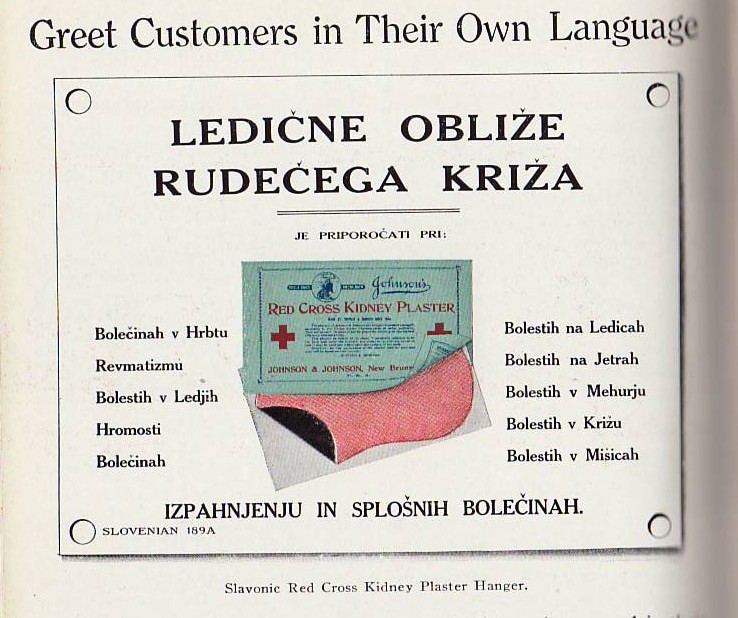
RED CROSS® Kidney Plaster Ad in Slavonic from 1912
In recognition of the diversity of the world we live in, companies have been doing more and more multicultural advertising in recent years. It's a necessity for any company that wants to reach its customers, especially customers who for a variety of reasons are not being reached through traditional mainstream advertising. And certainly what is true now also was true almost 100 years ago.
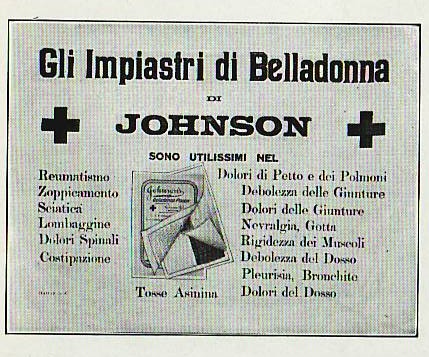
Ad for Belladonna Plasters in Italian from 1912
The early part of the 1900s saw huge waves of immigration to the United States from Italy, Ireland, Central and Eastern Europe, and more. Ellis Island in New York, one of the main gateways to the United States, welcomed over 12 million immigrants between 1892 and 1954. They joined other immigrant communities from across the world that were spread throughout the U.S. Most of the new arrivals either spoke no English or were struggling to learn it. In the Nineteen-teens, Johnson & Johnson was attempting to reach those communities by providing advertising in up to 15 different languages to the retail druggists who sold our products across the U.S.
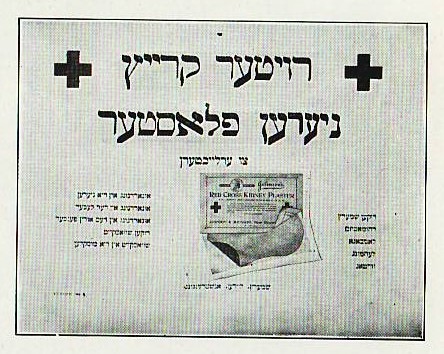
Ad for Kidney Plasters in Yiddish
These languages were German, Polish, Bohemian, Slavonic, Danish, Swedish, Italian, Yiddish, Spanish, Chinese, French, Hungarian, Finnish, Japanese, and Romanian in addition to the English-language materials the Company provided. Fred Kilmer, the creator and editor of THE RED CROSS MESSENGER, the Company’s publication for retail pharmacists, wrote articles detailing the importance of these potential customers who in many instances were being overlooked. In 1915, Kilmer wrote “No man and no family can scarcely be said to be so unimportant that it is not worth while to seek their trade.” [RCM Sept. 1915, Vol VIII, No. 3&4, p. 393] Through the MESSENGERS, Johnson & Johnson offered folders (one-page information sheets that could be folded and mailed), show cards and “electros” (ad flats that were used in producing newspaper ads) to pharmacists in these languages.
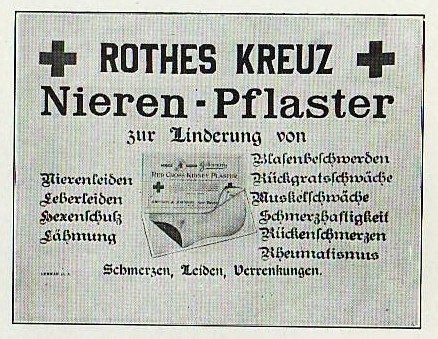
Ad in German, 1912
Kilmer urged druggists to treat these new Americans with respect and make them feel welcome in their stores. He wrote “…it is difficult and embarrassing to go into a store and buy an article if you cannot speak the language.” [RCM Vol. V No. 6, Nov. 1912]. In another article from October of 1915, Kilmer suggested that pharmacists and their store clerks learn how to greet their local immigrant communities in their own languages, to put up maps of their countries of origin and, of course, to use the multi-language show cards that the Company made available. The benefit for both the pharmacists and the Company would be loyal customers and increased sales.
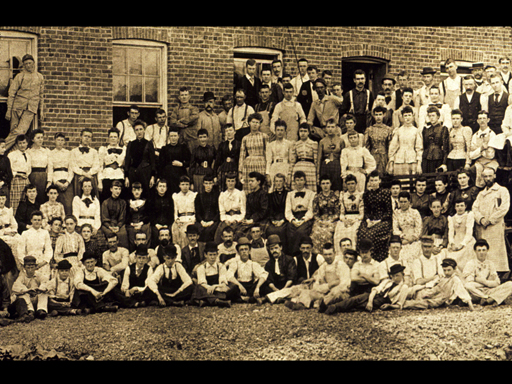
Some Johnson & Johnson Employees circa 1890s-1900
So...what made the people at Johnson & Johnson see the need to advertise to customers in the U.S. in different languages almost 100 years ago? Partly, it was due to Fred Kilmer, who was always looking for more ways to reach customers. And partly it may have been due to the Company’s own experience closer to home.
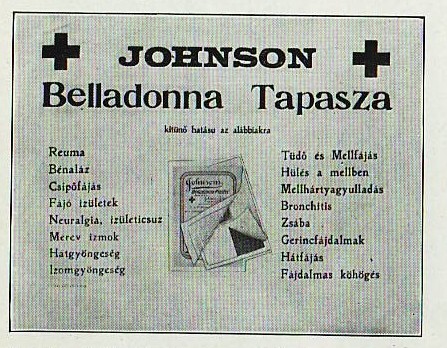
Ad in Hungarian, 1912
Johnson & Johnson was a major employer of Hungarian immigrants in New Brunswick, which had one of the largest Hungarian communities in the nation...to the extent that the Company became known as “Hungarian University.” In those days, employee notices in our buildings were written both in English and Hungarian. So the Johnson brothers and Fred Kilmer’s experiences with their employees also probably had a lot to do with their recognition of the need to reach people in a way that they would understand and appreciate.

as a major employer one should know the game of how a company can reach out to his customer. in this article the company makes sure that even language barrier will never be a problem to them, they find ways for the other customer who have different language. it is great to know that through this history topic it may influence other company as well.